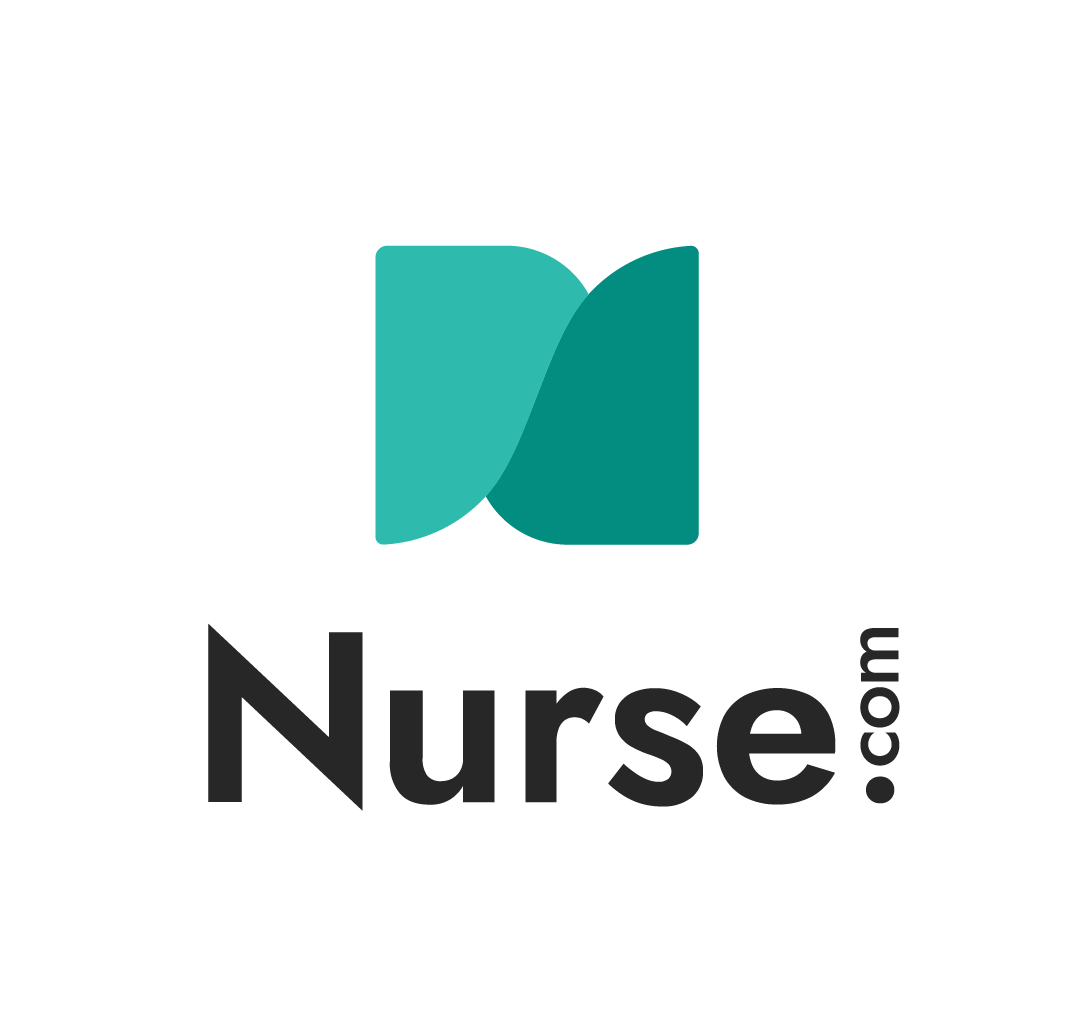Sexual abuse represents one of the most serious problems in the U.S. It disproportionately affects those of low socio-economic status and those with disabilities, including physical and intellectual or developmental disabilities. The seriousness of sexual abuse among those with disabilities also goes unnoticed, and caregivers or friends may not recognize the signs of sexual abuse. However, understanding more about its prevalence, signs and effects is the first step in fighting sexual abuse.
Prevalence of sexual abuse
Approximately 18.3 percent of women and 1.4 percent of men in the U.S. have been the victims of rape. Yet, the incidence of sexual abuse includes a definition that goes beyond rape. For example, sexual violence, sexual coercion and unwanted sexual contact or experiences make up several forms of sexual abuse. Other shocking statistics on sexual abuse include the following:
- 4.8 percent of men report being forced to penetrate another person.
- 37.4 percent of all female sexual assault victims experienced the first incident before age 18.
- 10.3 percent of female and 27.8 percent of male sexual assault victims experienced the first incident before age 10.
Although the CDC did not specifically analyze the sexual abuse rates among those with learning or physical disabilities, the risk for sexual abuse is higher among this population. In a state-specific focus group, researchers found the lifetime risk of sexual abuse is 300-percent greater among those with disabilities than those without disabilities.
The reasons behind this increased risk focus on how a person with disabilities may require the assistance of others or special devices to live. For example, a direct caregiver may be the abuser, or an abuser may isolate a victim. Furthermore, those with disabilities may not be taken seriously when first reporting an incident.
Signs of sexual abuse
Adults and adolescents who have been the victims of sexual abuse may not understand what forms of contact are appropriate or inappropriate. However, certain behaviors and actions can be indicative of sexual abuse.
Among children, the warning signs of sexual abuse include the following:
- Nightmares or other sleep problems. Those with disabilities may be more prone to sleeping disorders, so careful consideration of typical sleep patterns is critical in reviewing this warning sign.
- Inability to focus.
- Changes in eating habits or refusing to eat.
- Experiencing trouble swallowing or an unusual fear of objects near the mouth.
- Unusual changes in mood.
- New fear of specific places or people.
- Refusal to discuss events with others.
- Expresses sexual actions or images through varying media, such as drawings.
- “Bribery-like” gifts, such as money or toys that are out of the ordinary.
- Negative view of his or her body, especially the genital area.
Warning signs of sexual abuse among teens may include the following:
- Depression or anxiety.
- Drug or alcohol abuse.
- Improper hygiene.
- Self-injurious behaviors, such as cutting, burning or otherwise harming oneself.
- Suicide attempts.
- Changes in eating habits.
Adolescents may also exhibit any of the signs of sexual abuse in children. Yet, all of signs of sexual abuse may appear in adults as well.
Teens, children, and those with disabilities may leave “clues” about the incident. For example, a child or teen may start speaking about sexual acts or “ideas” in what is commonly considered a “safe context.”
The goal of hinting at a sexual act is to judge the reaction of the person being spoken to. If the child or adolescent feels the reaction is extremely negative, he or she may avoid further mention of the topic. As a result, the importance of creating a safe, comfortable environment is critical to helping those with and without disabilities overcome the power of their perpetrators.
In some cases, such as a person who is incapable of voicing what has happened to him or her due to intellectual or developmental disabilities, the clues and hints may be less obvious or inappropriate. For example, someone with disabilities may become fearful of bathing, attempt to repeat the behavior, or display their genitalia to others.
The effects of experiencing abuse
Sexual abuse does not only impact a person’s mental health, it can lead to physical health problems as well. For example, sexual abuse of a woman may result in pregnancy, or a person may get a sexually transmitted disease from the abuser.
In cases where the abused person lives with a disability, the potential effects can be more disastrous. The abuse of drugs or alcohol can interact adversely with medications, and depression or post-traumatic stress disorder (PTSD) can make symptoms of existing intellectual difficulties or disabilities worse.
What to do when you recognize the signs of sexual abuse
The statistics on sexual abuse are staggering and shocking. However, you can help victims by taking action and following these steps:
- Listen and watch for what just does not seem right.
- NEVER brush off a disclosure or hint as something that “he or she just does not really understand.”
- Do not mistake coercion with compassion. Those with disabilities may be coerced by their abusers, and you need recognize when the level of care crosses boundaries.
- Sexual orientation is not an excuse for victimization. Sexual orientation varies, and each person has the right to say “no.”
- Contact the authorities if you suspect sexual abuse.
- Be a voice for those who may not be able to speak or show what happened.
Human contact should be compassionate, loving and caring, not malicious, cold or self-serving. Sexual abuse is often shamed in modern society, but you have the power to help those who have been affected by it if you know what to look for.






